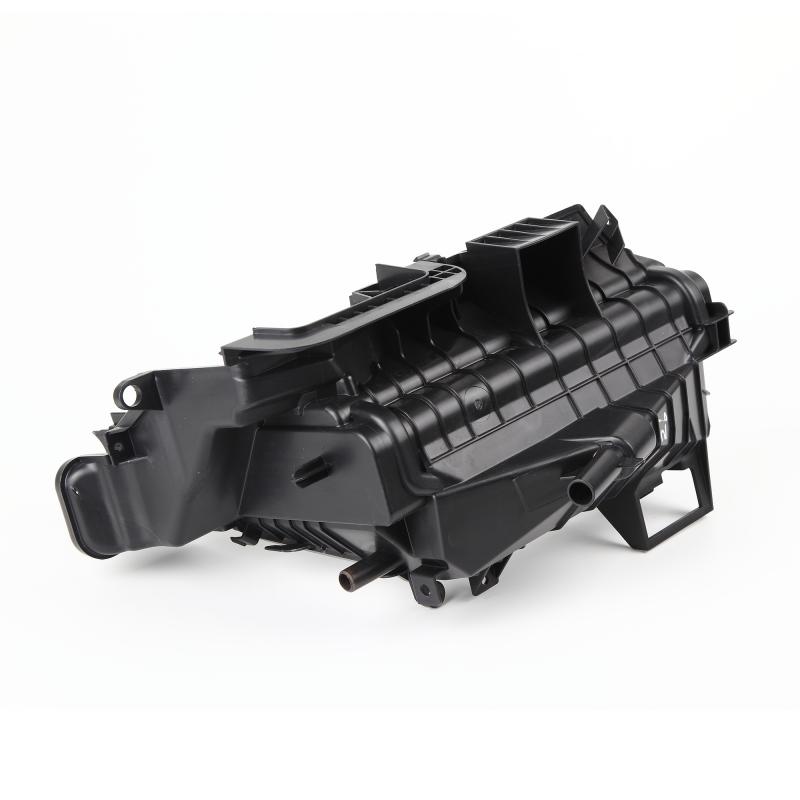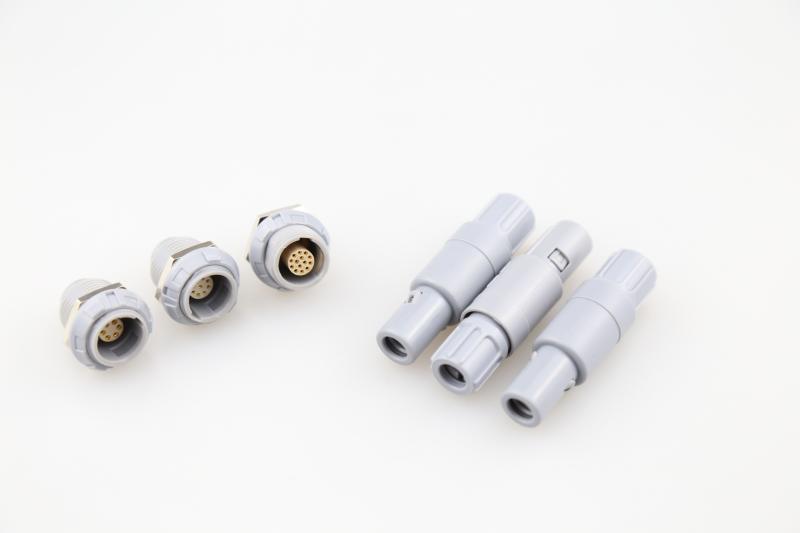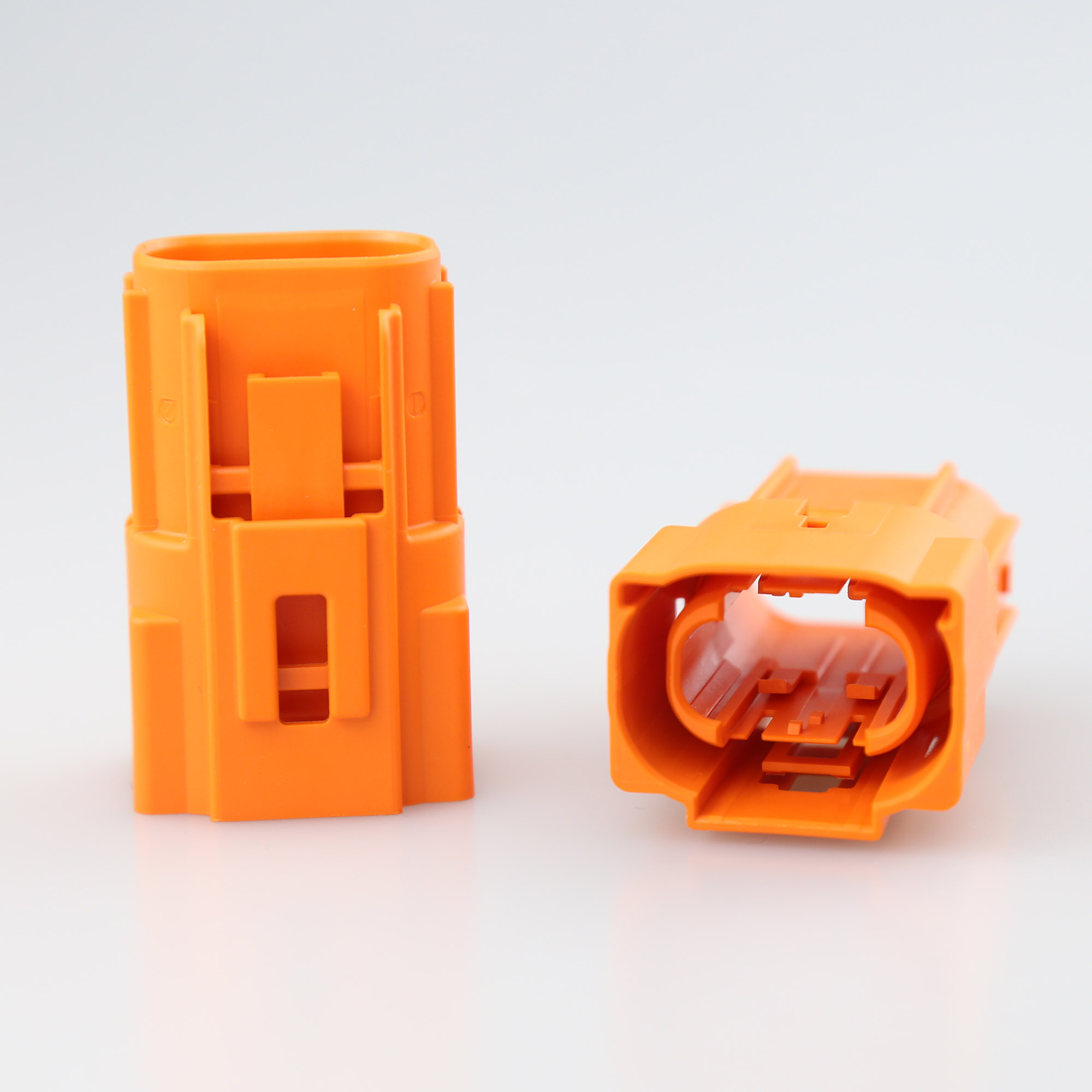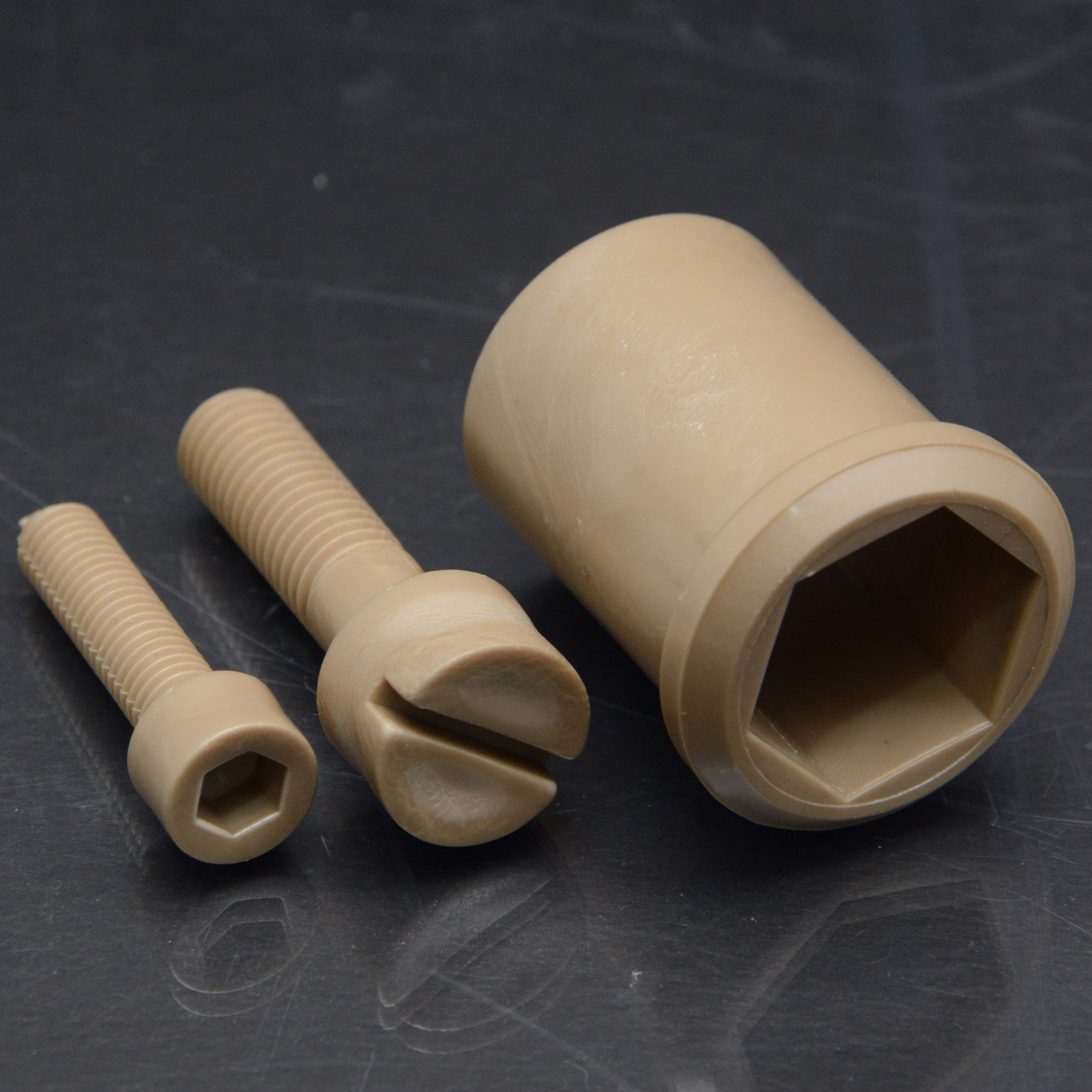



Exploring the Intricacies of Plastics Injection Molding Tooling
Plastics injection molding is a complex and highly precise process that involves shaping molten plastic into various forms using a mold. The key to achieving exceptional precision in this process lies in the mastery of plastics injection molding tooling. In this article, we will delve into the art and science behind this critical aspect of plastic manufacturing.
1. Understanding the Importance of Tooling in Plastics Injection Molding
Tooling plays a vital role in the success of plastics injection molding. It refers to the process of designing and manufacturing molds that are used to shape the molten plastic material. The quality and precision of the tooling directly impact the final product's quality, consistency, and overall performance. By mastering the art of tooling, manufacturers can achieve higher efficiency and accuracy in their injection molding processes.
2. Designing Molds for Precision and Efficiency
The design of molds is a critical factor in achieving precision and efficiency in plastics injection molding. It involves considering various aspects such as part geometry, material flow, cooling mechanisms, and ejection methods. Advanced computer-aided design (CAD) software is used to create intricate mold designs that ensure the desired product specifications are met. By employing innovative design techniques, manufacturers can optimize cycle times, reduce material waste, and enhance overall productivity.
3. Material Selection for Optimal Performance
The choice of material for injection molding tooling significantly impacts the final product's quality and durability. The selection process involves considering factors such as thermal conductivity, wear resistance, and dimensional stability. Common materials used for tooling include steel alloys, aluminum alloys, and various high-performance plastics. By carefully selecting the appropriate material, manufacturers can ensure the longevity and performance of their molds.

4. Precision Manufacturing Techniques
The manufacturing of injection molding tooling requires precision techniques to achieve the desired results. Various machining processes, such as CNC milling, electrical discharge machining (EDM), and grinding, are employed to create intricate mold cavities and features. Additionally, advanced technologies like 3D printing are increasingly being used for rapid prototyping and tooling optimization. By leveraging these techniques, manufacturers can achieve higher levels of precision and accuracy in their tooling.
5. Maintenance and Optimization for Longevity
Proper maintenance and optimization are crucial for prolonging the lifespan and performance of injection molding tooling. Regular cleaning, lubrication, and inspection help prevent issues such as wear, corrosion, and mold damage. Furthermore, continuous optimization through mold analysis, process monitoring, and feedback loops ensures that the tooling remains in peak condition, delivering consistent and high-quality products over time.
Concluding Thoughts
Mastering the art of plastics injection molding tooling is essential for achieving precision, efficiency, and consistency in the manufacturing process. By understanding the importance of tooling, optimizing mold design, selecting suitable materials, employing precision manufacturing techniques, and implementing proper maintenance, manufacturers can elevate their injection molding capabilities to new heights. With a focus on mastering precision, the possibilities for innovation and excellence in plastics injection molding are limitless.